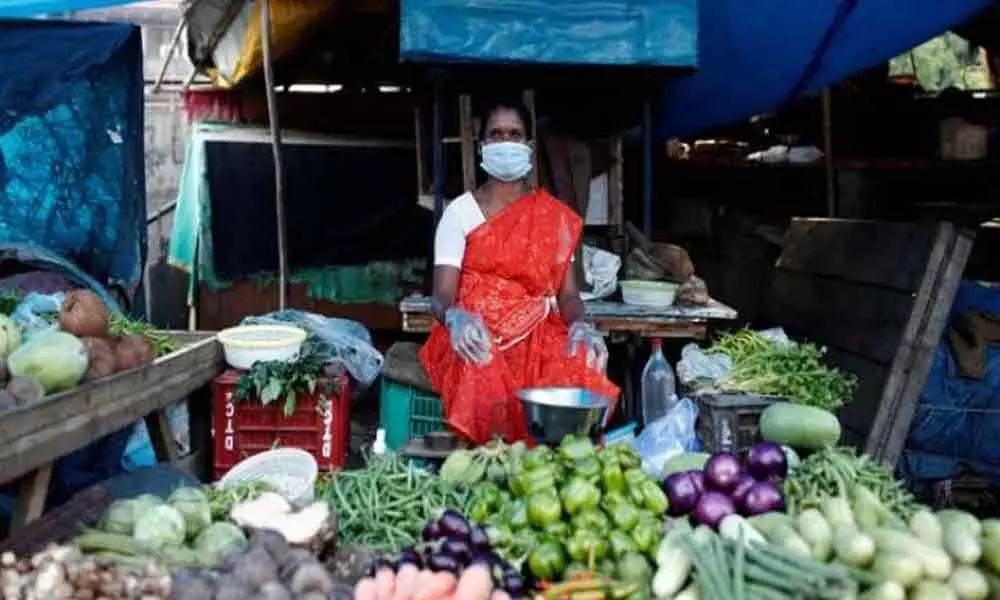Live
- A Guide to Temperature and Humidity Standards in Data Center Server Rooms
- Gadwal collector briefs on details of voters
- Jupally Krishna Rao takes part in Alampur rallu
- Bharath Prasad files 3rd Nomination
- Baisakh Month: A Time of Auspicious Beginnings and Sacred Festivals
- Oust BJD govt for overall development, says Shah
- Unveiling the Hidden Gems: Surprising Health Benefits of Garlic Peels
- Overcoming Sleep Struggles: A Comprehensive Guide to a Restful Night
- RTC bus hit the auto
- MLA Kuchukula Rajesh Reddy participated in the Birappa festival
Just In

Representational Image
Retail inflation rose by 6.09 per cent in June, mainly on account of higher prices of food items.
Retail inflation rose by 6.09 per cent in June, mainly on account of higher prices of food items. The government data, released on Monday showed that food price inflation in June stood at 7.87 per cent.
The Ministry of Statistics & Programme Implementation (MoSPI) said, inflation figures are based on data collected from limited markets in view of the restrictions imposed on account of coronavirus, COVID-19, pandemic.
The data collected, however, did not meet the adequacy criteria for generating robust estimates of CPIs at the state-level, it added.
In April, CPI data were not released due to difficulty in data collection. In March, CPI inflation stood at 5.84 per cent. The retail inflation based on Consumer Price Index was 3.18 per cent in June 2019.
RBI considers the retail inflation data for its key rate reviews. However, RBI governor Shaktikanta Das on Saturday said, the focus of the central bank will remain on reviving growth and restoring financial stability.
The government had released truncated CPI data for April and May in the backdrop of the lockdown to contain Covid-19 pandemic.
The data says that the annual inflation in cereals and related products was 6.49 per cent, and 16.22 per cent in 'meat and fish' segment. For 'pulses and products', it was 16.68 per cent, while that of spices stood at 11.74 per cent. The inflation in the vegetable basket was 1.86 per cent, while it was in the negative zone for fruits. In the 'fuel and light' segment, it was 2.69 per cent.
The inflation was ruling at 6.2 per cent in rural India and 5.91 per cent in urban areas.
Following the gradual lifting of the pandemic related restrictions, some activities were seen in the non-essential segment and resumed operation. NSO collected prices from 1,030 urban markets and 998 villages, for commodities that were available and transacted in June 2020.
The price data are usually collected from selected 1,114 urban markets and 1,181 villages through personal visits by the field staff of Field Operations Division of NSO in the ministry on a weekly roster.

© 2024 Hyderabad Media House Limited/The Hans India. All rights reserved. Powered by hocalwire.com







